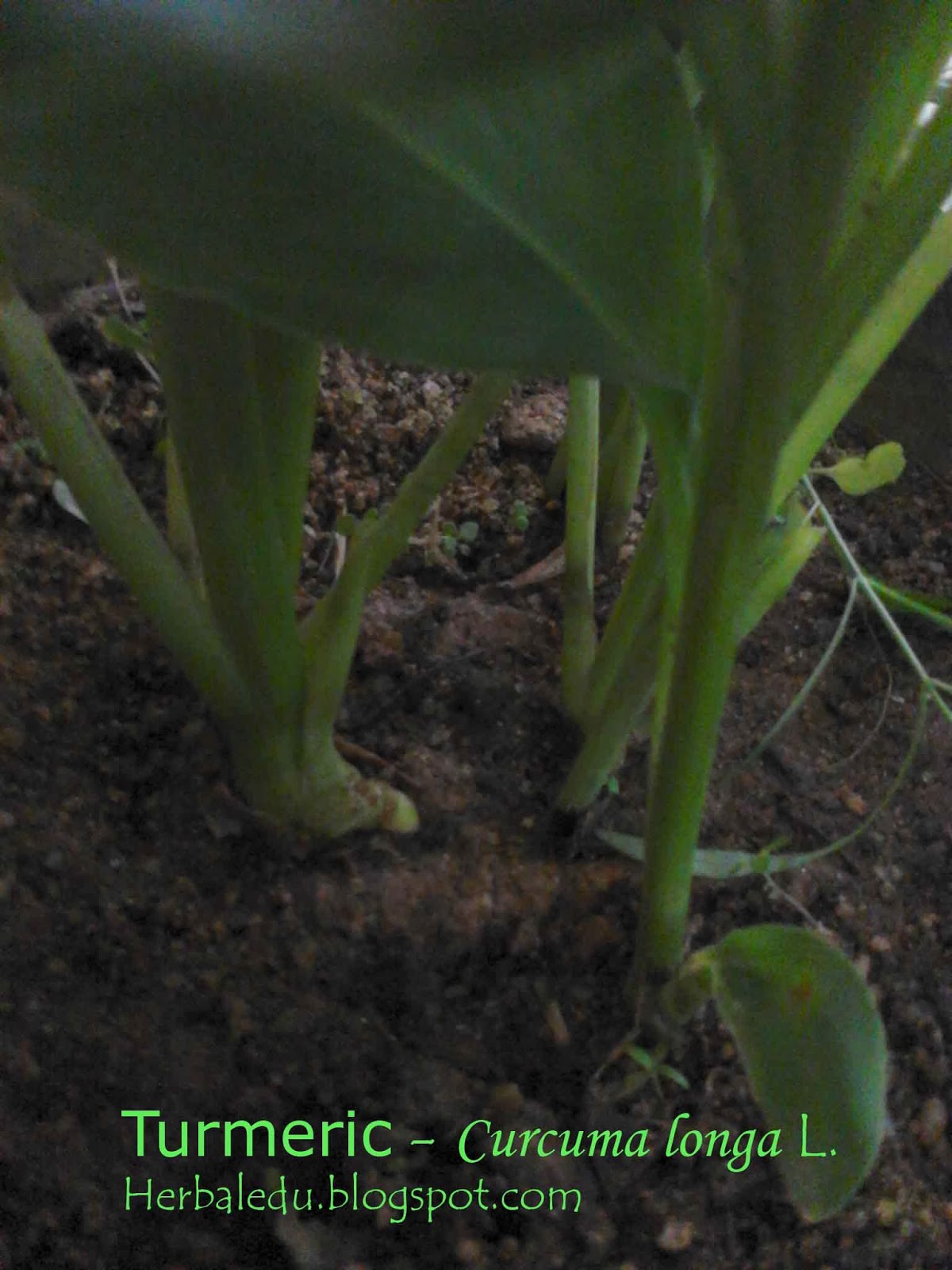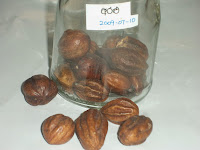Name of Plant: Munronia pinnata
(wall) ( Binkohomba )
Physical description: No
branched
5- 15 cm in high, strong shrub. Have hairs
on leaves. Oval shape,
Simple leaves, simple leaves. White color
flower, bisexual
Flower,
fruit has 5 parts.
Smooth
seeds brown color
Flowering
in July, August & April months.
Climate zone:
Sri Lanka, South &
Northwest India, china, Vietnam, Thailand
Lighting: Rainforest& sveltely places
are good
Soil types: Normal
Watering : do not use more
How to propagate (i.e. leaf cutting, root cutting, etc.):
seeds are used to propagation.
Propagation: Using
direct plant &also the seeds.
Materials Used: Propagation media (1:1:1=Sand: Soil:
Compost)
Plants
 Pots
Pots
Water
Scoop
Piece of stones
Procedure for propagation:
·
Take the pots &put stones piece to the bottom of the pot
·
Put some soil mixture and plant
·
Fill the surface area using media
How to propagate from
seeds
·
When the plant fully grows there can see flowers and fruit
·
Seeds can collected by covering fruit by bag
·
These sddes should propergate in a highly sterieled soild by
burning
·
Befor put seeds in to seed bed they should be in water atleast 24h
·
These seeds should protect from insects ,so the bed should cover
by net
·
In 14 days seed gives plants
·
These plant can transplant to the pots or bags when the plants
having 3 leaves
·
30x30x30cm distance should be in each and every plant
 Name of Medicinal plant :- Allium Sativum L
Name of Medicinal plant :- Allium Sativum L









































